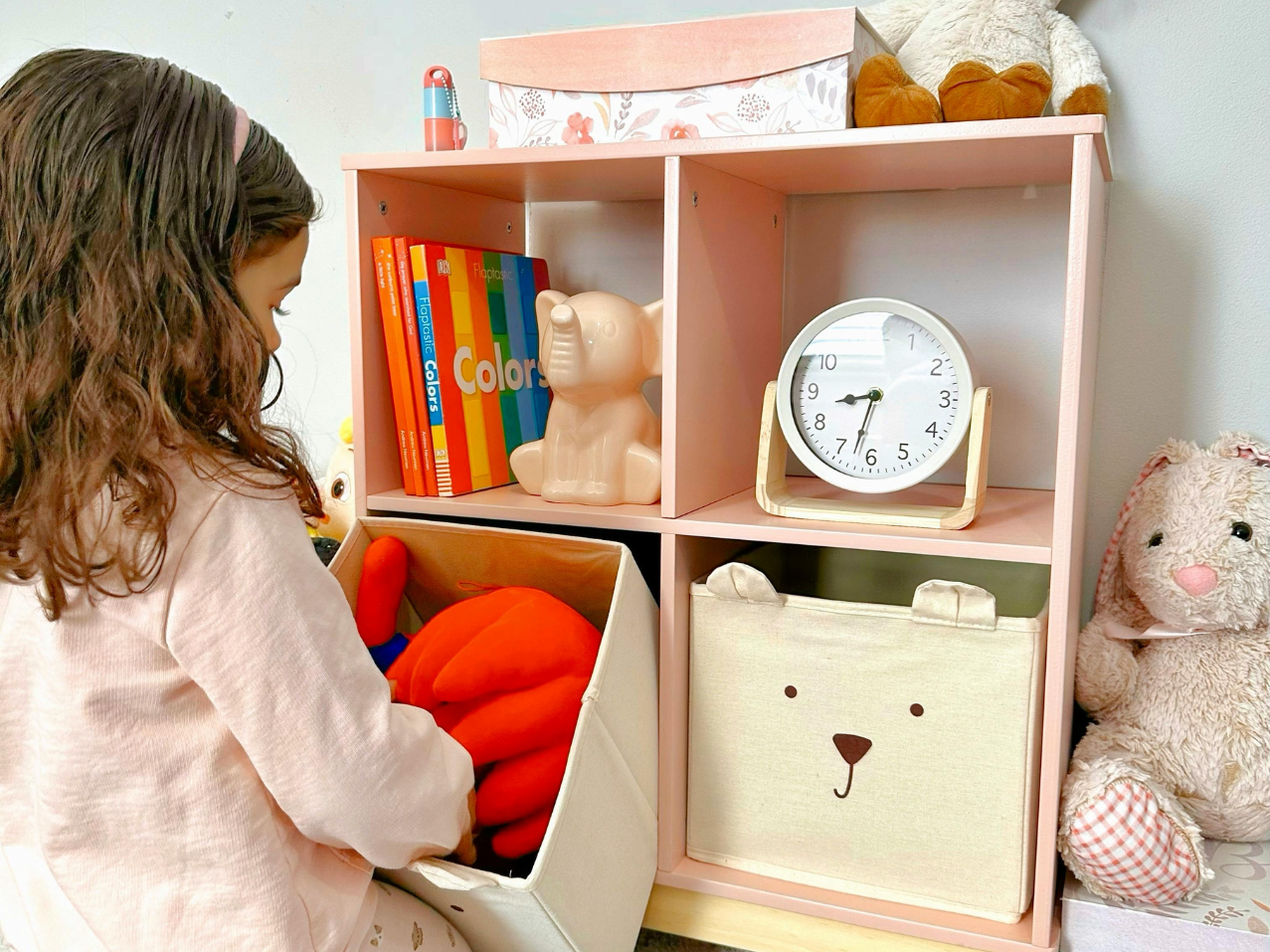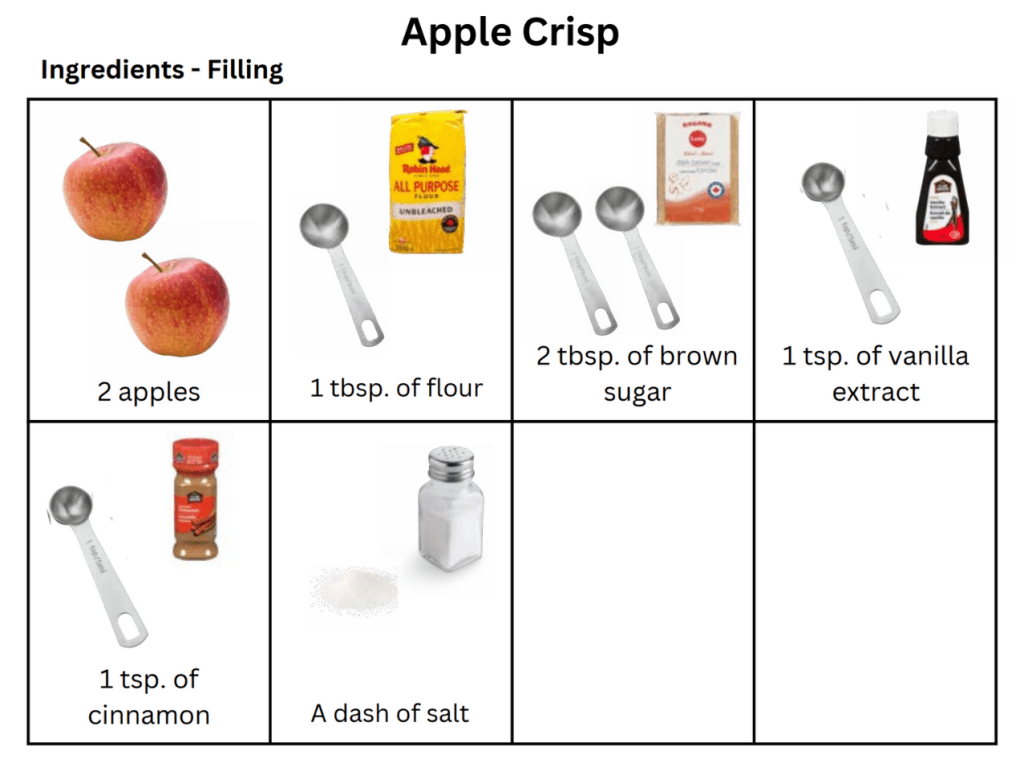Menu
-
-
Shop Holiday Items
-
Shop Gifts By Age
- Gifts For a 0-6 Month Old
- Gifts For A 6-12 Month Old
- Gifts For A One Year Old
- Gifts For A Two Year Old
- Gifts For A Three Year Old
- Gifts For A Four Year Old
- Gifts For A Five Year Old
- Gifts For A Six Year Old
- Gifts For A Seven Year Old
- Gifts For An Eight Year Old
- Gifts For A Nine Year Old
- Gifts For A Ten Year Old
-
Shop Gifts By Budget
- New Arrivals
-
Toys
- Large Active Toys
- Animal Toys
- Arts & Crafts
- Award-Winning Toys
- Bath Toys
- Birthday Wishlists
- Building Toys
- Cars, Trains, & Trucks
- Games
- Instruments
- Loose Parts Play
- Loot Bag Toys
- Made in Canada
- Outdoor Toys
- Pretend Play
- Puzzles
- Sensory And Fidget Toys
- Sensory Bin Tools & Fillers
- STEM Toys & Activities
- Toronto-Themed Gifts
- Travel Toys
- Wooden Toys
- Waiting Room Toys & Furniture
-
Montessori Materials
- Montessori At-Home Program
-
Montessori Furniture
-
Bundles & Sales
-
Books
-
Shop By Age
-
Shop By Brand
- Brands A-F
- Brands G-L
-
Brands M-R
- MagicPlaybook
- Magna Tiles
- Make Believe Ideas
- Makedo
- Manhattan Toys
- Math for Love
- Milaniwood
- MindWare
- Mojo Toys
- Moluk
- Moulin Roty
- Native Northwest
- nic
- Nienhuis
- Ooly
- Opinel
- Ostheimer
- Papoose
- Peaceable Kingdom
- Plan Toys
- Plus-Plus
- Preschool Collection Watches and Timers
- Ravensburger Puzzles
- Real Life Pages
- Brands S-Z
-
- 866-901-4696
- Gift Registry
- Login


A Montessori Home Environment Doesn't Have to be Beige
2 min read
- It promotes independence
- Encourages a love of learning
- Teaches care for the environment
BUT you're turned off by the fact that you need a perfect, beige playroom or all the "right" toys...
Let me reassure, this a HUGE misconception about Montessori - especially in the home.
Yes, Montessori classrooms are less colourful than most daycares but here's why (and why that's not so important at home).
Montessori classrooms are designed to be stimulating but not overwhelming. They tend to keep the furniture, walls, and carpets more neutral to promote calm and focus.
Instead, they let the toys and materials shine.
You can have a colourful playroom. You just want to make sure it’s not too overwhelming or distracting to your child.
We want them to be able to easily find toys they're interested and engage in play.
Because, when your child can focus on their toys, they tend play more independently and for longer.
Here's 5 ways to make your space more calming WITHOUT removing all the colour:
-
Keep wall art simple (or remove it altogether)
You might have noticed that Montessori schools don’t have alphabet or number posters covering the walls, like most schools.
If they do have art on the walls, it's simple artwork or photographs of real things, hung at the child’s eye level.
If you have a lot of busy wall art, consider simplifying it or choosing more neutral art pieces.
-
Keep furniture neutral
The furniture in Montessori classrooms are made up of mostly neutral colours so that they’re a reflection of the natural world.
Rather than bright, colourful, or plastic furniture, try to choose more neutral, wood furniture.
-
Rotate toys
Montessori classrooms have plenty of colourful toys and materials but there's a limited amount available at any given time.
To keep the classroom interesting and stimulating, materials are rotated out when children lose interest in them.
The materials that are available are neatly organized in trays and baskets so children don't feel overwhelmed by all the stuff available to them.
You can read more about toy rotation here, if you're interested.
-
Save colour for active areas
Consider how you want your child to use a space. A more simple, neutral space promotes calm and focus.
Whereas, lots of colour is great for active areas of the home and backyard. For example, if you have an indoor gross motor area with a climber, balance board, stepping stones, etc, this is a great place to add colour.
-
Don't be afraid of a little beige
Sometimes we, as adults, think children want all the bright, loud colours or that beige is "boring".
This is just one those things we project onto our children. If a child is bored in an area of their home, it’s unlikely that it’s because it’s not colourful enough and more likely that it’s because there aren’t interesting materials/toys for them to explore and work with.
Removing distractions and extra toys is only likely to enhance play.
Join Our Montessori Community
Sign up to get weekly activities, free printables, Montessori parenting guidance, and so much more.
Plus, get $10 off your first order of $100+.
Like this article? Get new articles, weekly activities, free printables, Montessori parenting guidance, and so much more.
One mom recently shared:
"Your newsletter is always SO great. It is one of the few I open and read weekly. You provide so much value. Thank you!"


